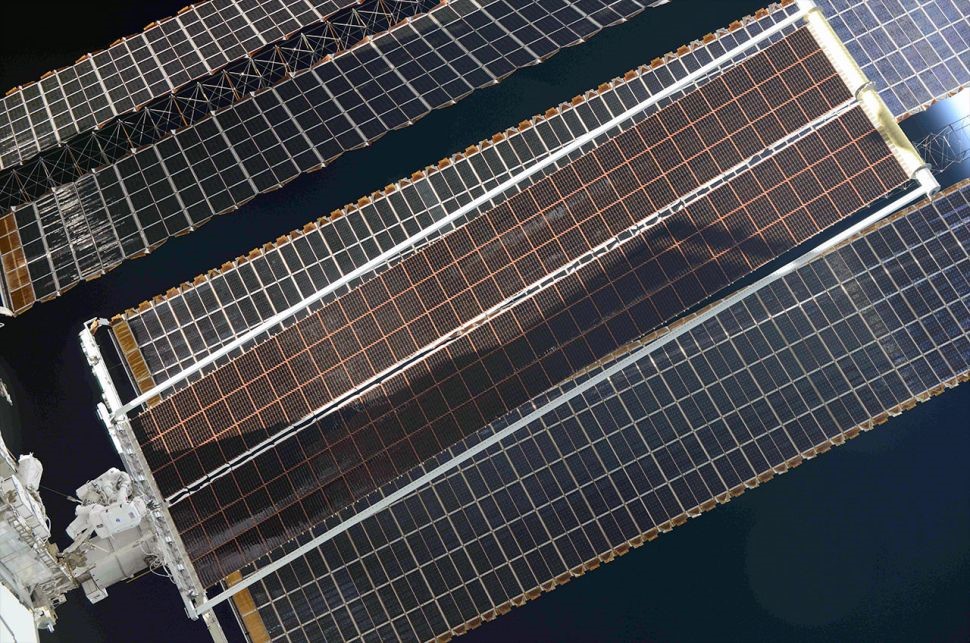
MEIT celebrates iROSA deployment, four short years after testing, providing power to the ISS
Anyone else singing Snap’s “I’ve Got the Power” song, like the ISS may be?! MEIT is excited to see the first “operational” Roll-Out Solar Array (ROSA) system—providing power to the ISS—deployed last week on the ISS after four short years of testing.
“It’s rare for something we flew as a demonstration to have a direct lineage to operational systems and much rarer to see it happen so fast. Having ROSA go from a demonstration mission to being installed on a national asset like the ISS in just four years is exciting, and we are happy to have executed our part in its success.” Robert Plunkett, REMIS/DHSTO program manager.
Once all of the ISS ROSA’s (iROSA’s) are installed, they will “provide the International Space Station with enough power to maintain normal operations and ensure adequate power for future opportunities in low-Earth orbit, whether for NASA and its international partners or commercial companies.” (per NASA)
The ROSA systems are built by the Deployable Space Systems (DSS) company (now part of Redwire.) The ROSA demonstration mission was integrated and flown under the direction of the Department of Defense Space Test Program (STP) with sponsorship from the Air Force Research Laboratory (AFRL).
MEIT provided mission integration and operations for the ROSA demonstration mission that flew in June 2017. Specifically, MEIT designed and built the launch vehicle and ISS interface hardware as well as the disposal interfaces and hardware used on the mission. MEIT also executed the integration of the full payload and led/coordinated the operations of the payload.
Background on ROSA, per NASA: The Roll-Out Solar Array (ROSA) is an innovative new solar array design that uses high strain one-piece composite slit-tube booms. The stored strain energy of the booms enforces the deployment actuation, and the booms provide the array’s deployed structural stiffness and strength. The iROSA installed on the ISS this past week is “a larger version of the Roll-Out Solar Array (ROSA) technology that successfully demonstrated the mechanical capabilities of solar array deployment during its test on the space station in June 2017.”
Congratulations to these outstanding teams!






